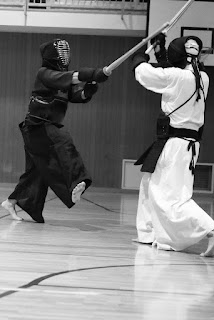by Phillip Starr
I'm a firm believer in what I call the “direct approach” in so far as martial arts are concerned. This may come as something of a surprise to those who know me as a long time practitioner of the neijia (internal Chinese martial arts). I'll explain...
In so far as martial arts are concerned, I favor striking the opponent when his mind gives (his body) the command to commence the attack, which occurs just before he physically begins (the attack). This isn't some mystical skill; it can be learned through the rigorous practice of the proper training methods (a fine one is discussed in my book, MARTIAL MANEUVERS). There are very few “moving parts” and it were, so there's less chance of a “malfunction” as far as technique is concerned; less chance of something going wrong. Kind of like a machine (especially firearms); the fewer moving parts it has, the more reliable it is.
I like to be proactive rather than reactive, whenever possible. This may seem strange coming from a practitioner of the neijia. The neijia styles seem to be built for reactive applications and a good number of those are much more “involved” than they need to be. By that, I mean they have too many “moving parts”; “ step over here and seize the opponent's wrist, then turn and and step like this and do that, and then...” That's much more complex than it needs to be and the more complicated a response, the less likely it is to work. And although it may sound and look like it'll work, bear in mind that Mr. Murphy* is always near by. Complication and efficiency generally don't go together.
*Murphy's Law: “If anything can go wrong, it will...and at the worst possible time.”


.jpg)

.png)














No comments:
Post a Comment